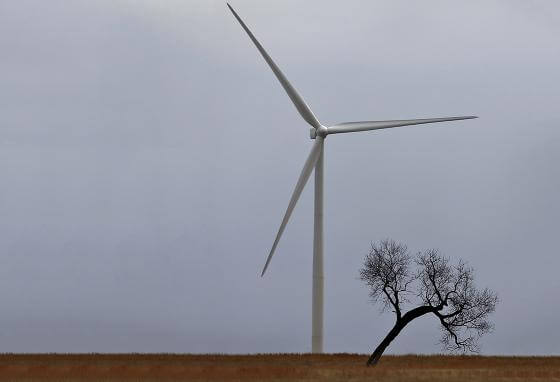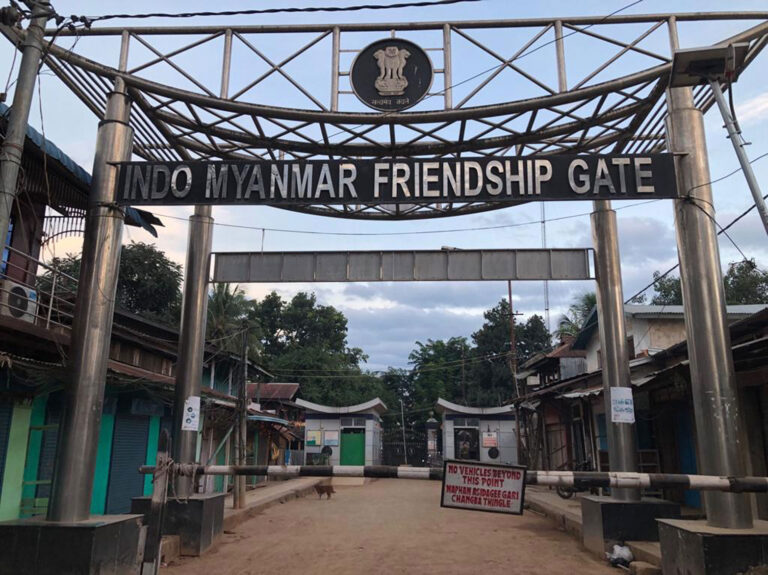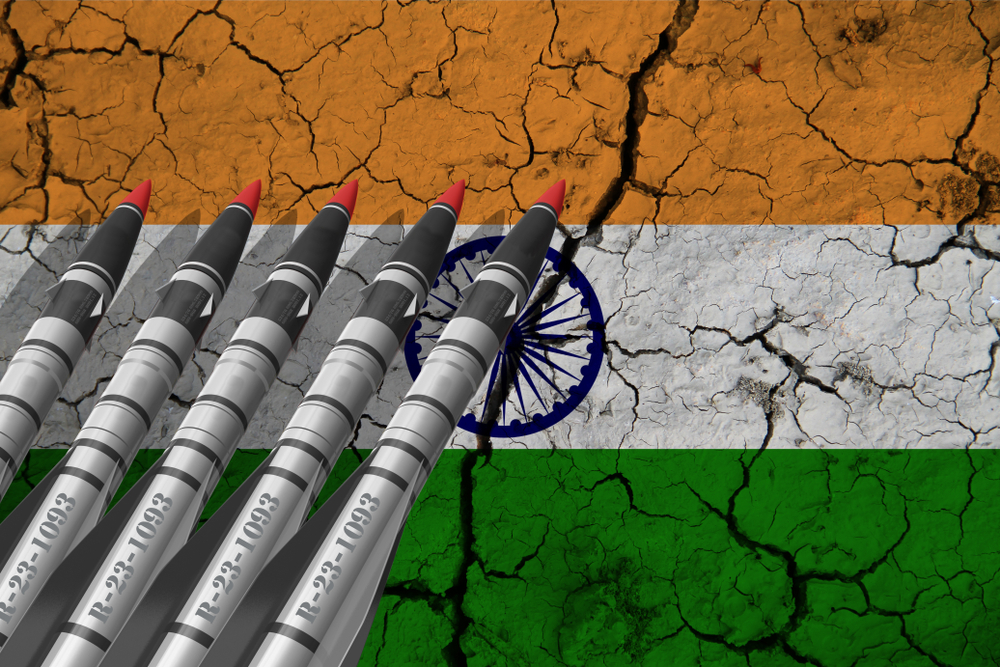
A Small Act of Defiance
Fri, 14 May 2021 | Reading Time: 5 minutes

A SMALL ACT OF DEFIANCE
It is now time to tell the truth. We were forced to grow up in a synthetically created bubble of self-loathing, perceived inferiority and constant reminders that we, as a nation and as a people, were not good enough. These blatant falsehoods were pushed down our throats by our schoolbooks, sometimes written by brown sahibs and mostly by left-leaning faux ideologues. What is the best way to kill the spirit of a people? Tell them that their culture, their way of life and their entire belief system is inferior.
We were told that we had no culture before the armies of the Umayyad Caliphate invaded Sindh and that we knew no science when the British landed on our shores. Generations of Indians were forced to believe that the humiliation and subjugation of arguably the world’s oldest civilization was actually an act of mercy.
So systematic was this intellectual slavery that students of history would respond to the accusation that over a million Indians died in the Second World War, by churlishly saying, “But the British gave us the railways, didn’t they?”
I grew up studying Sun Tzu, Machiavelli and Clausewitz because conventional wisdom had it that there was no Indian worth studying and that all knowledge that existed in India, actually came from outside. It was as if the entire world had but one mission; to civilize India. Our blood, honour and freedom were a pittance in payment for this divine favour. When we questioned, we were told that we were not grateful enough.
Nalanda and Takshashila were lost in the mists of time. Ajanta and Ellora were simply caves with some statues of our half-clothed ancestors. We did not achieve independence because hundreds of thousands of Indians walked this blood-soaked earth. The British simply left one day, just as suddenly as they had come; their departure a nod to their precarious economic condition after World War Two. Somehow, even our freedom was a gift bestowed upon us by a departing tyrant.
To many, this intellectual slavery was, in a dark and insidious way, comforting. If you have no spine, no one will expect you to stand.
But nations are not built with bricks and cement alone, and neither do iron frames give them a spine. Nations are built with blood, bone, flesh and memories. Our history books almost totally ignored Chhatrapati Shivaji Maharaj and Guru Gobind Singh Ji; it was as if they were not worth more than a passing mention. But what we were taught in school was negated by what my mother taught me at home. Back from school and over a simple but lovingly cooked meal, India’s history was told and re-told. Stories from the Mahabharata and the Ramayana came to life. She told me about India’s great warriors. Unknown to me then, I had perhaps slowly started understanding what India was. And my eleven-year-old mind took great flights of imagination. One day I was a General in the army of Maharana Pratap and on another, young Shivaji’s childhood friend, running with him on the ramparts of Shivneri Fort.
Today, I realise that the stories my mother told me were really not about our history. They were her way of fighting what she thought was the negation of our very cultural existence. She could not win against an entire system that ran on falsehood, but she could certainly resist. These storytelling sessions were like a child throwing a stone at a marauding giant. They were small acts of defiance.
When Europe wore animal skins and the pyramids did not exist, my forefathers were farmers and artisans, priests and poets, kings and scientists. Indian dynasties sent ships and armies across the world. Thousands of years later, between 1350 to 1767 AD, existed the Kingdom of Ayodhya (also pronounced Ayutthaya), the precursor of modern-day Thailand. The incumbent Thai King still proudly carries the royal title of King Rama the Tenth. The Cholas sent armies and emissaries across Asia. Maharaja Ranjit Singh conquered Afghanistan. General Zorawar Singh unfurled the Dogra flag in Tibet.
When people tell you that the Indians were non-expeditionary, they lie.
One of the cornerstones of our ancient wisdom is the Arthashastra, written by Vishnugupt Chanakya. A great political scientist, teacher and a master of statecraft, he envisioned the idea of a nation that was strong, self-reliant and united. Chanakya was a contemporary of Alexander the Great and his treatise, the Arthashastra, defines many principles, chief amongst them economics, taxation, philosophy, statecraft and the duties of a king towards his nation and his subjects.
The Arthashastra also talks about the four pillars of statecraft and how these pillars are the means to achieve a nation’s political and military ends. Saam, by way of convincing. Daam, by way of economic benefit. Danda, by way of military might. Bhedha, by way of deception. These pillars stand strong and true two-and-a-half millennia later. They are an affirmation of a glorious past which refuses to be wiped out by treachery and deceit.
The road to India’s place in the sun meanders through its glorious history. The more we embrace our past, the more powerful we will become.
It was the summer of 2020 and the Chinese dragon was breathing fire on the Line of Actual Control. Rumours flew thick and fast; the Chinese had swallowed up thousands of kilometers of our territory, some said. Others said that the People’s Liberation Army was a day’s march from Leh. Some of our own people, steeped in millennia of mental slavery, quoted the New York Times to buttress their claims. When I asked them, “How does New York Times know? They haven’t been there”, they ridiculed my question. They gave no logic for the ridicule they heaped upon me. They just simply could not understand how an Indian could commit the blasphemy of questioning The New York Times. It was like questioning the word of God.
It was then that the idea of an online magazine took shape in my mind. It would have articles by experts on Geopolitics, Foreign Affairs and National Security. Global in its outlook, its character would be quintessentially Indian. And it would, unequivocally, tell the truth.
So, I decided to name it Chanakya Forum. The idea certainly had a tinge of romance to it; a few of us reaching back into the mists of time to uphold the immortal legacy of Chanakya. I launched it on 25th September. To me, this date is significant because it was on this date that I was born twice, once in 1972 and again in 2020.
Today, we launch our mobile phone app. But Chanakya Forum is not just a magazine. It is the same child throwing a stone at a marauding giant.
Chanakya Forum is a small act of defiance.
Major Gaurav Arya (Veteran)
Founder and CEO – Chanakya Forum
Please support us by downloading the app:
Android: https://play.google.com/store/apps/details?id=com.chanakyaforum.android
iOS: https://apps.apple.com/in/app/chanakya-forum/id1562280764
About the author – Maj. Gaurav Arya (Retd) is a veteran, writer, public speaker and TV host. He is the founder of Chanakya Forum.
Disclaimer
The opinions expressed in this article are the author’s own and do not reflect the views of Chanakya Forum. All information provided in this article including timeliness, completeness, accuracy, suitability or validity of information referenced therein, is the sole responsibility of the author. www.chanakyaforum.com does not assume any responsibility for the same.
Chanakya Forum is now on . Click here to join our channel (@ChanakyaForum) and stay updated with the latest headlines and articles.
Important
We work round the clock to bring you the finest articles and updates from around the world. There is a team that works tirelessly to ensure that you have a seamless reading experience. But all this costs money. Please support us so that we keep doing what we do best. Happy Reading
Support Us




















POST COMMENTS (14)
ManMohon Singh MEHTA
BHAVIL GOYAL
R C Vashista
R C Vashista
Archana
Anmol
Kartikaya Srivastava
Manoj Pandey
Nandini Chakraborty
Harsh Sharma
Jay Rajkumar
ASHISH KUMAR OJHA